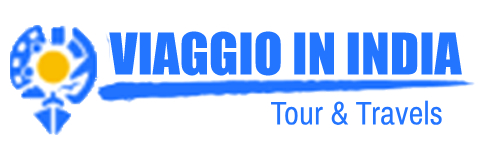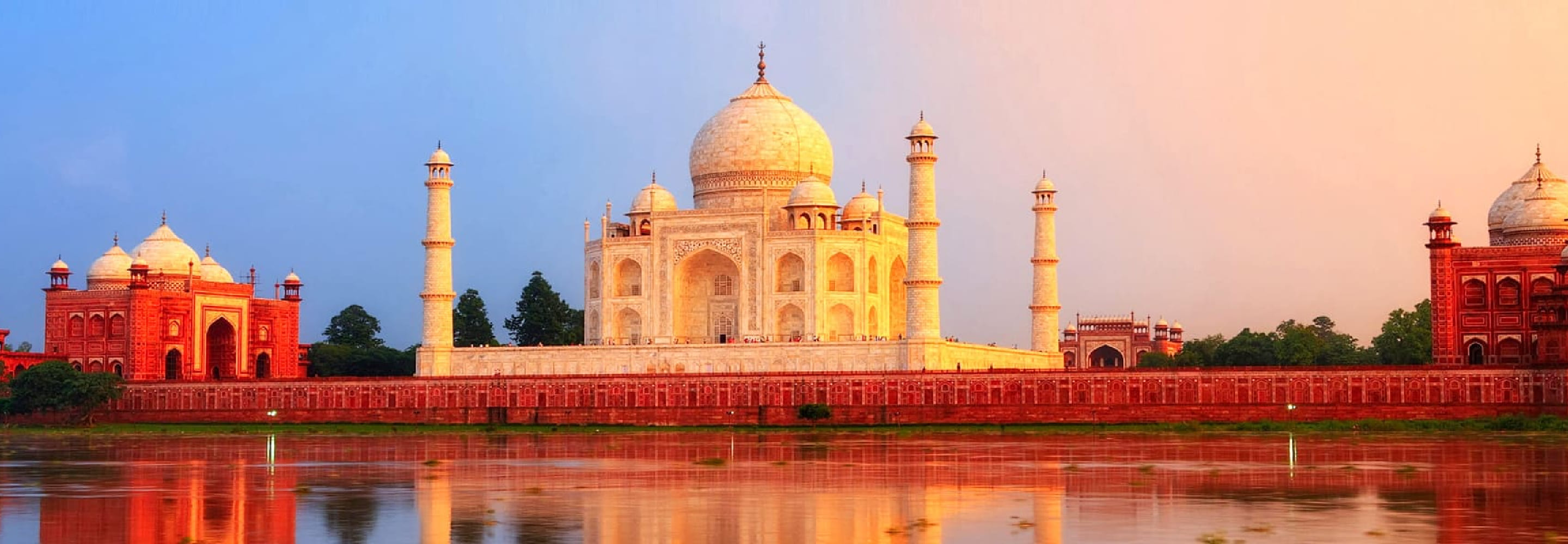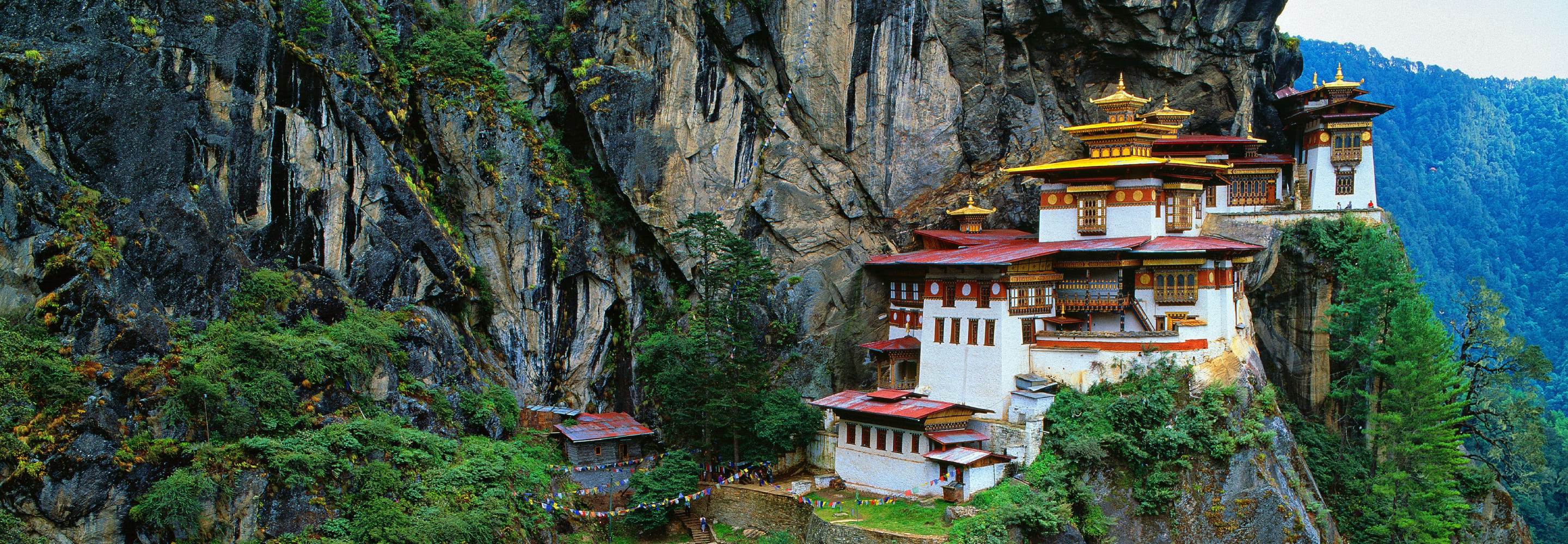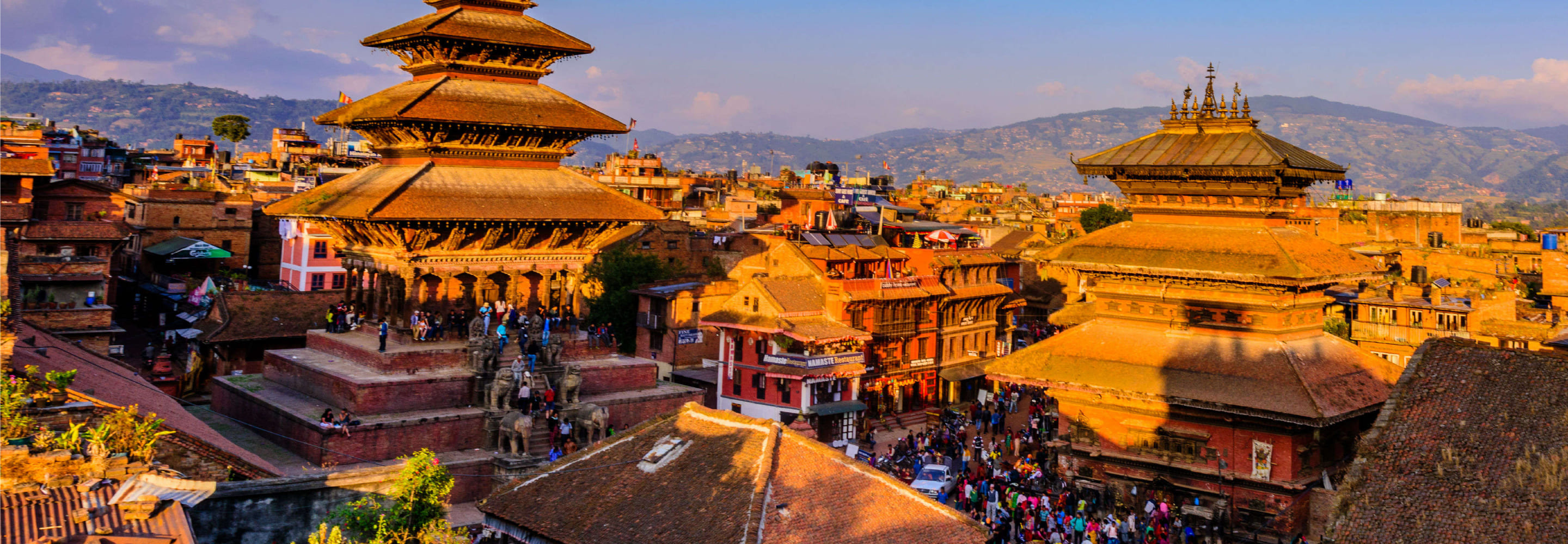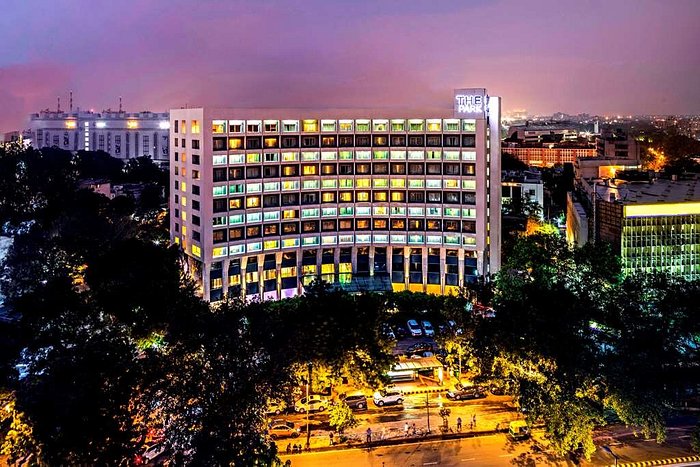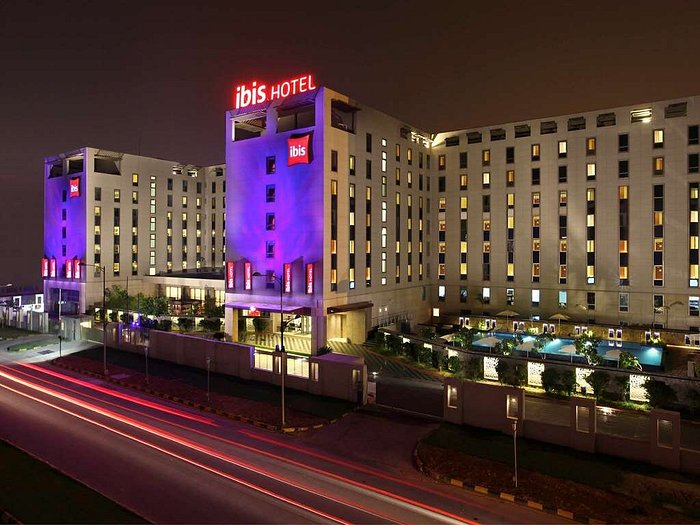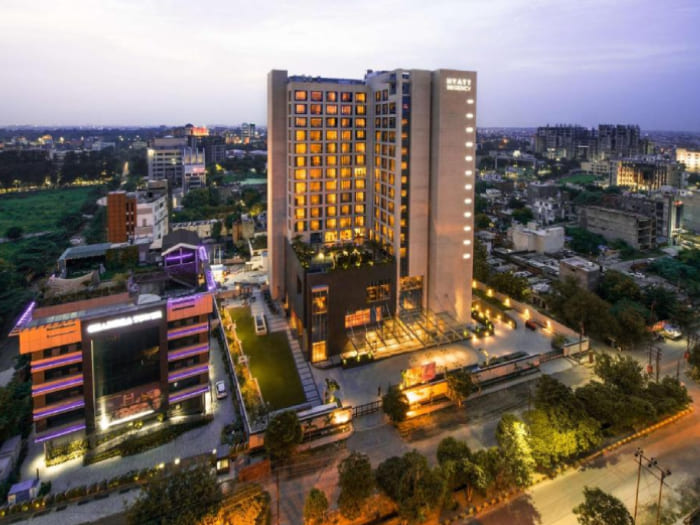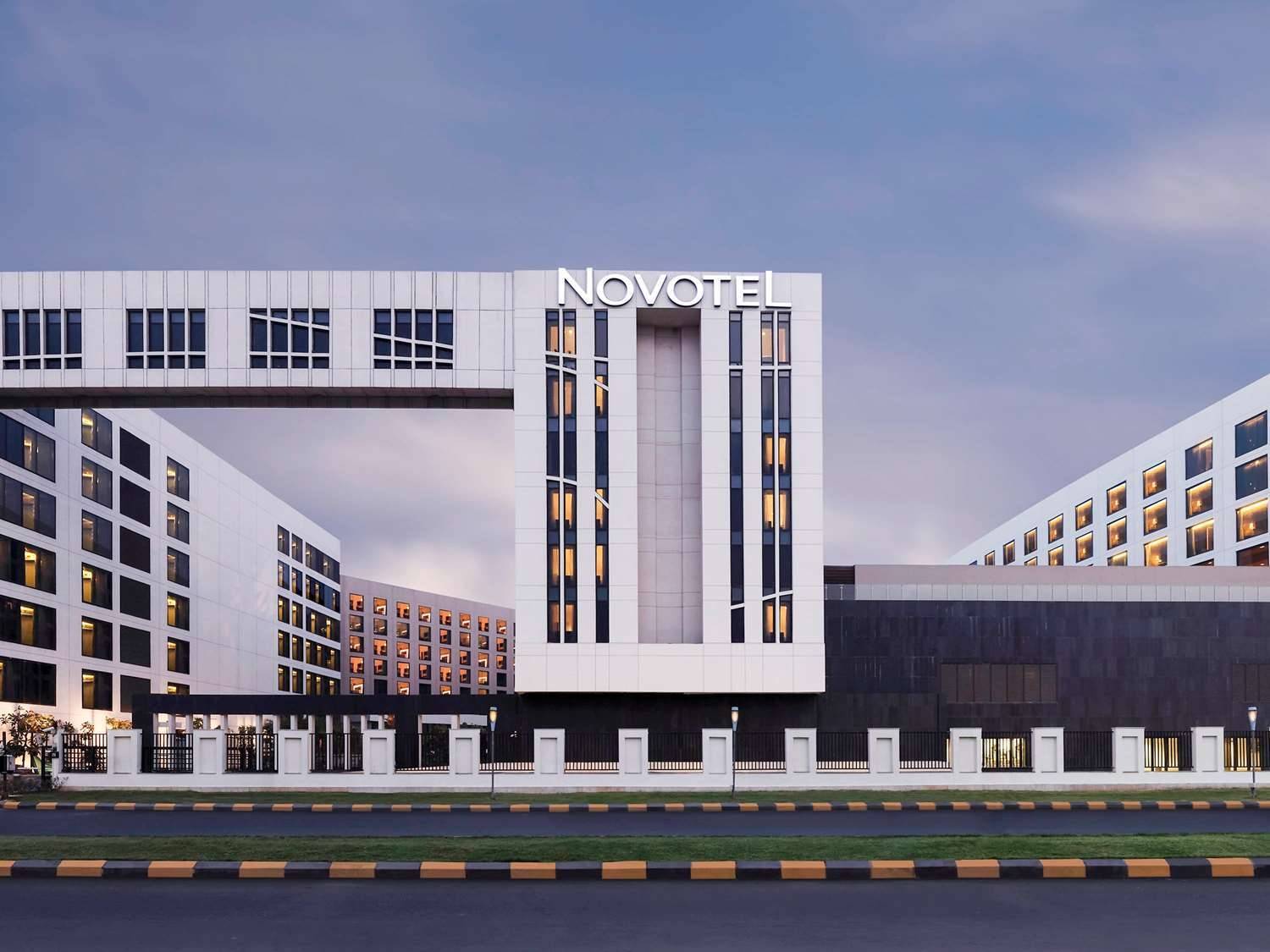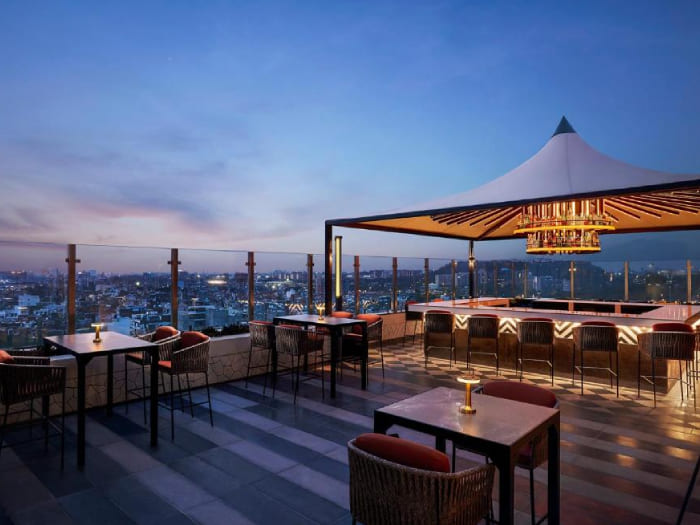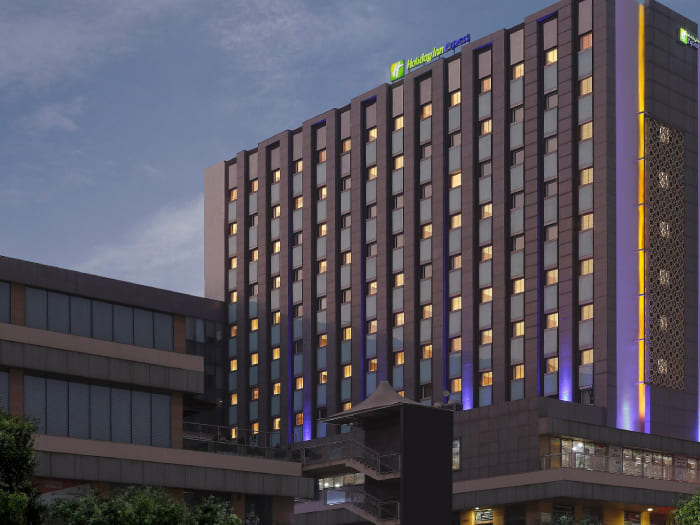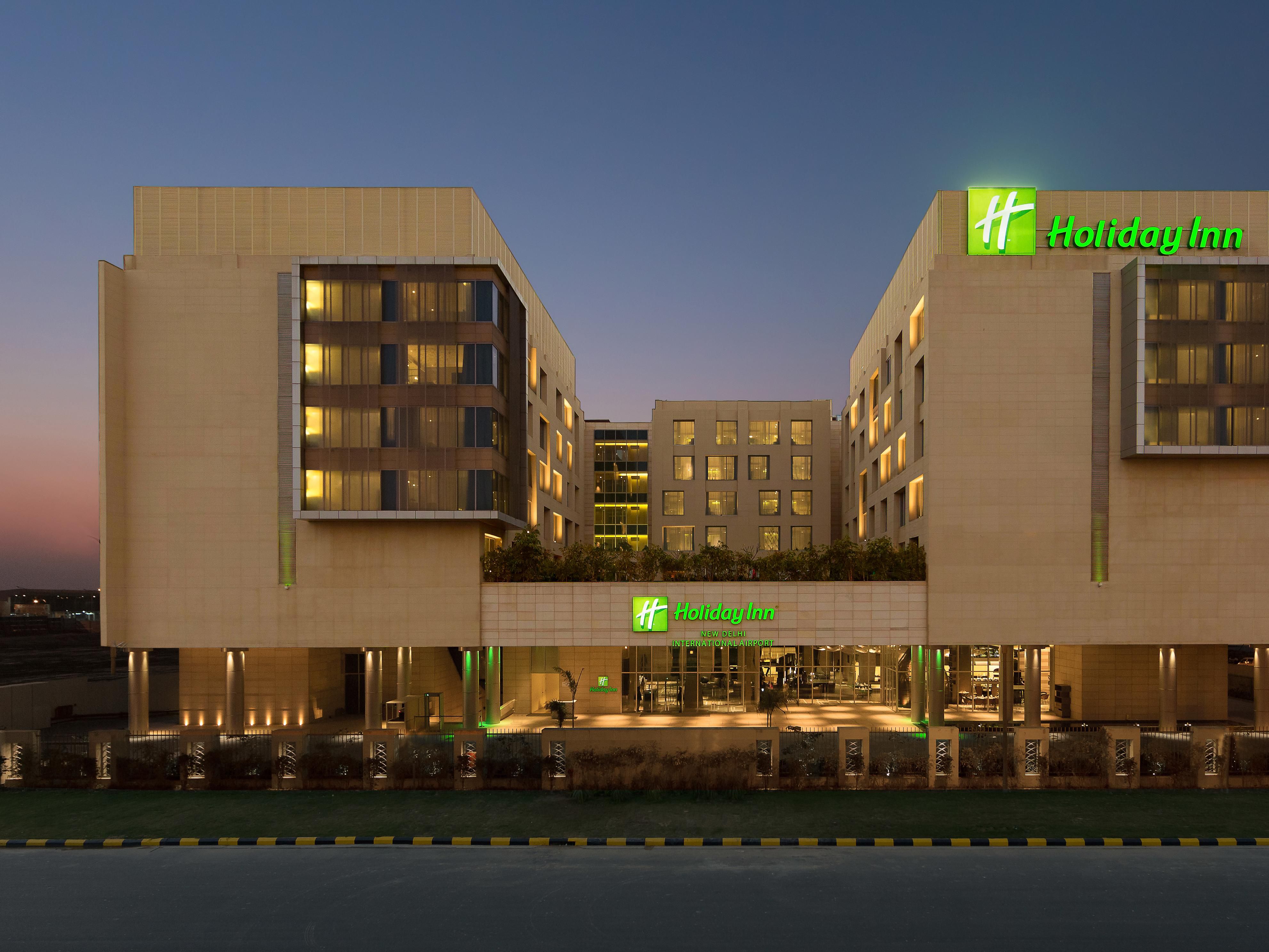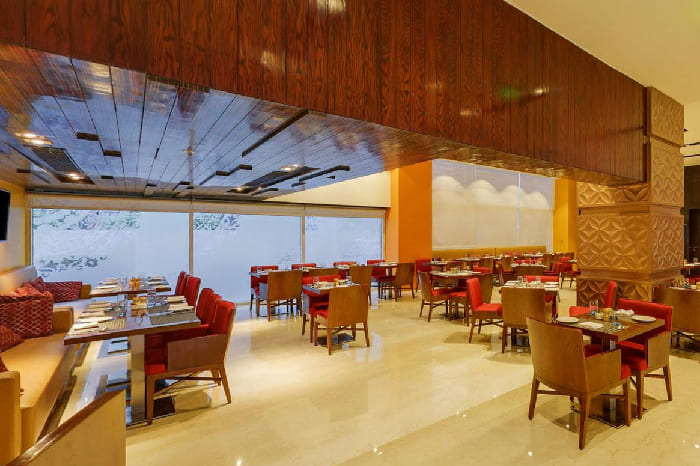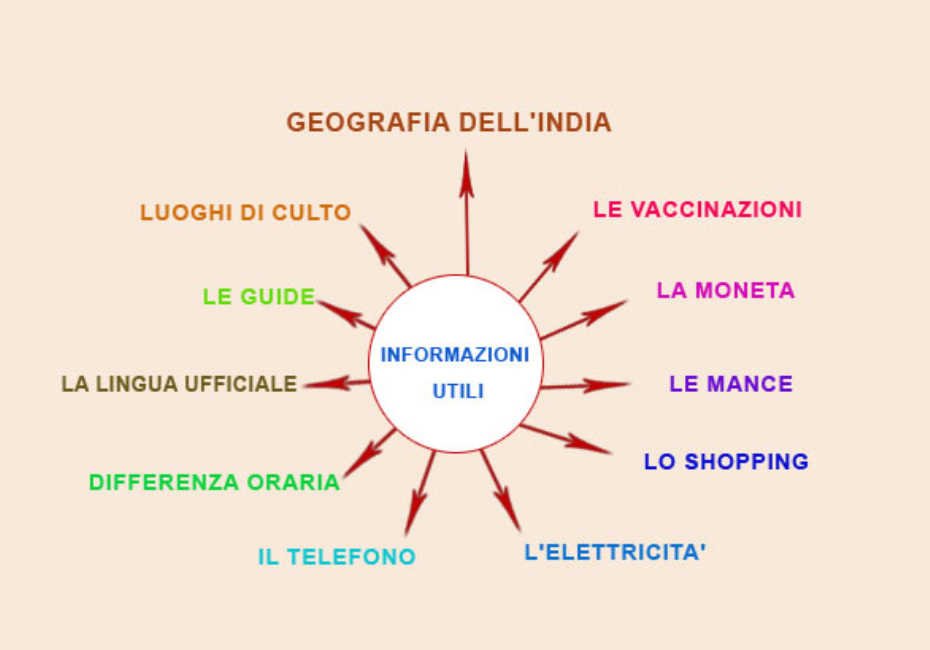
- 2024-10-24
- By Admin
Travel Notes
Gil Travel Notes
A country that will enchant you with its beauty and diversity, delight you with its colorful splendor, enrich you with its culture, astound you with its modernity, embrace you with its warmth, and envelop you with its hospitality.
GEOGRAPHY OF INDIA
Located in South Asia, bathed by the Arabian Sea and the Bay of Bengal, India occupies a total area of 3,287,590 km2, which is just over a third of the size of the United States. Its borders also touch Bangladesh, Bhutan, Myanmar, China, Nepal, and Pakistan.
It has a vast coastline of 7,000 km. The diversity of the terrain varies from the Deccan Plateau in the South, to the flat and rolling plains along the Ganges, the deserts in the West and the mighty Himalayas in the North where the peak of Kanchenjunga rises. At 8,598 metres, it is the highest point in India.
VACCINATIONS
No compulsory vaccinations are required . It is a good idea to bring along an essential supply of useful medicines and those for personal use. We recommend that you bring intestinal disinfectants and medicines that can be useful in the event of sudden changes between the heat outside and the air conditioning that is widespread in places, hotels and means of transport.
As in other destinations, it is best to avoid raw foods and not to drink tap water but bottled water and drinks. Avoid tap water and ice in drinks.
It is important to have a mosquito repellent.
For trips other than those of the more strictly tourist circuit, health regulations will be specifically indicated. For those going to the mountainous regions of Ladakh, it is necessary to remember that the high altitudes that will be reached (sometimes over 5,000 metres in some passes), can be harmful to those with known heart, lung or blood pressure problems. For everyone, the rule of acclimatization applies, usually half a day of hydration and relaxation as soon as you arrive at your destination.
CURRENCY
In India and Ladakh, the local currency is the Indian rupee ( INR ), divided into 100 paisa. The import and export of Indian rupees, which can only be purchased in India, are prohibited. You can change them at airports or of course in hotels, where the exchange rate is a little less convenient.
It is advisable to keep the exchange receipts, which are essential for converting rupees back into Euros if necessary, and to always try to have small denomination banknotes on hand for small expenses.
Euros are accepted, along with credit cards, in the main tourist shops, keeping an eye on the exchange rate.
Rupees can also be withdrawn from ATMs (cash machines) found in the main cities, using a credit card; in this case, it is necessary to remember to bring your PIN with you.
TIPS
Giving tips is a widespread and appreciated habit. It is advisable to have small denomination coins and banknotes for small services and tips. For group tours, an amount of 40 euros per person is suggested, to be given on site to the guide who accompanies you, who will distribute them equally among the hotel and restaurant staff, airports and stations and the drivers. Instead, for individual tours, it is advisable to calculate approximately 7 euros per day for the driver and 10 euros per day for the guide and 1 euro for the porters in the hotels.
SHOPPING
A great variety of handicrafts: in Agra inlaid marble objects, in Khajuraho bronze objects, in Varanasi silks, in Jaipur and in general throughout Rajasthan precious stones and silver jewellery.
We also recommend cashmere fabrics and clothes, pashminas of different colours, “Punjabi” trousers and saris. In the south spices of all types, cotton, silk, pashminas etc. In Kashmir and Ladakh wooden objects (typical folding tables), carpets used to saddle horses, trumpets, incense, pashminas and silk.
ELECTRICITY
220 volts and three-pin circular sockets. Universal adapter necessary and very useful.
THE TELEPHONE
Cell phone reception is good. Occasionally you may experience less effective network coverage. There are several telephone service operators and you can also buy telephone cards with an Indian number upon arrival at the airport. To do this you need a copy of your passport (visa page and personal data, some accredited shops also ask for two passport photos): the cost of the card is very limited and the rates will be more convenient.
Even in hotels the minimum rates are in fact 2/3 euros per minute. Almost all hotels now have Wifi / Internet, they allow you to call with Wifi or Skype. To call Italy the prefix is 0039, to call from Italy to India 0091 followed by the regional and urban code.
TIME DIFFERENCE
Indian time is four and a half hours ahead of Italian time (in Italy 12:00, in India 4:30 p.m.). When daylight saving time is in effect in Italy, the difference is three and a half hours.
THE OFFICIAL LANGUAGE
In India there is no national language, but several official languages: Hindi is the official government language and the most widely spoken; however, there are 17 other official languages and 1,652 dialects. English, widely used, is the “subsidiary official language”. In the mountain area of Ladakh, Ladakhi is spoken, while in neighboring countries, for example Nepal, the official language is Nepali, in Tibet Tibetan and Chinese and in Bhutan Dzongkha.
THE GUIDES
In group tours, an Indian guide speaking Italian is provided for the entire duration of the tour and local guides speaking English or Italian at the sites visited. In individual tours, Italian-speaking guides are provided!! As there are no Italian speaking guides in Central and Western India, Kashmir, Ladakh, Tibet and Bhutan.
PLACES OF WORSHIP
Before entering places of worship, it is essential to remove your shoes (socks can generally be kept on). We recommend that you bring socks to use for these entrances: often the shoe storage area is located on the street outside the temples, forcing you to walk barefoot on asphalt and dirt. In some areas of places of worship, taking photographs is prohibited: where possible, remember to always ask permission or consult with the guide. In places of worship, you can move freely and it is best to wear unobtrusive clothing and, of course, respect the environment in which you are by avoiding skimpy clothing, low-cut clothing and shorts. Men are also required to wear clothing appropriate to the place visited.

